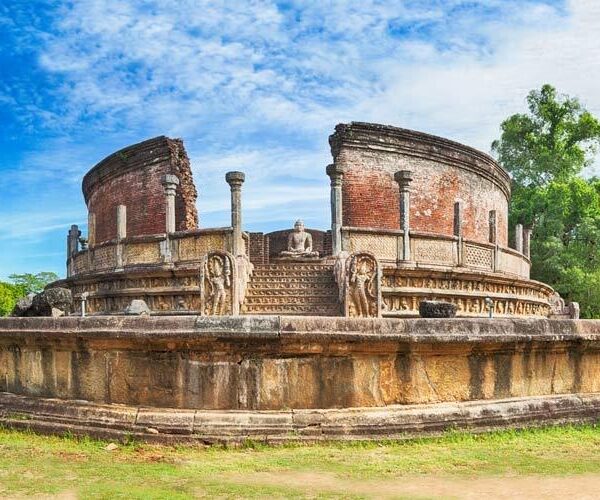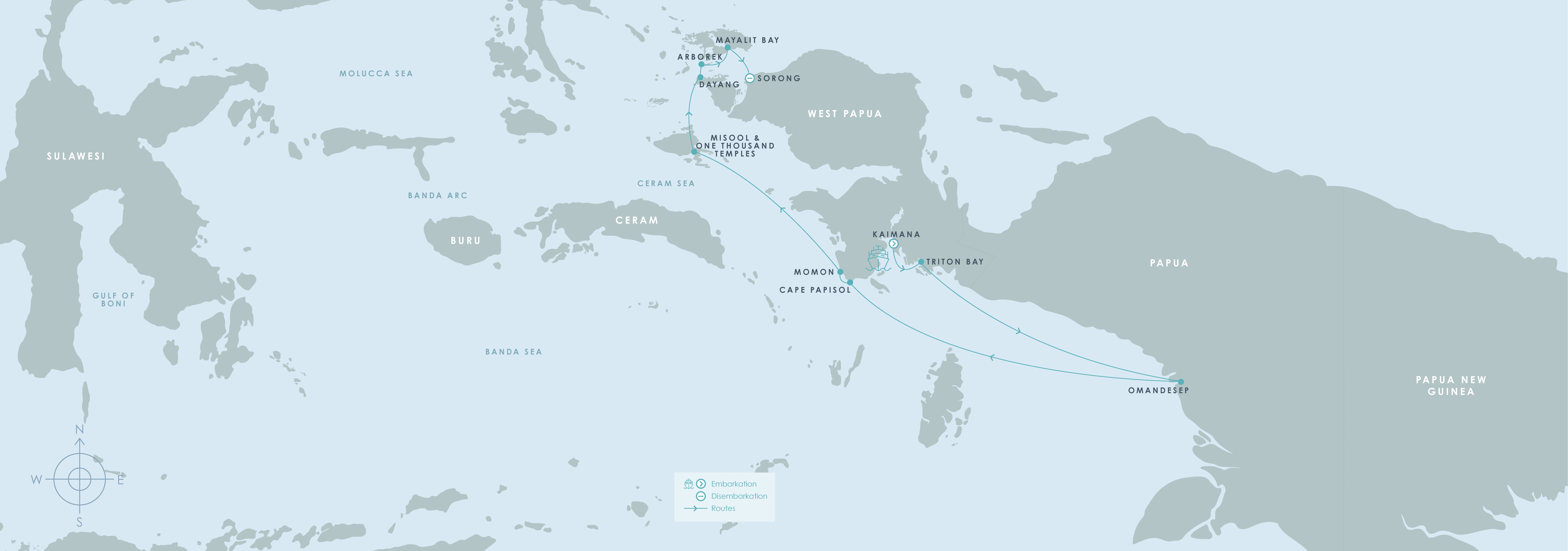Overview
Lying in the Indian Ocean just off the southern tip of India, the compact island of Sri Lanka contains rich bounty for the nature traveler. Herds of Asian elephant and troops of monkeys roam forests in the tropical lowlands. Waterfalls plummet from cloud forest highlands that shelter hundreds of colorful bird species. Golden beaches ring the island, while offshore, giant blue whales, many species of dolphins and sea turtles swim in clear turquoise waters. A global biodiversity hotspot, Sri Lanka has many endemic flora and fauna to impress the traveler captivated by unique natural wonders. Once known as Ceylon during the British Empire, Sri Lanka has a diverse cultural heritage that dates back more than 2,000 years, with a vibrant Buddhist presence and layered influences from Indian, Arab and European adventurers drawn here over the centuries.
Trip Highlights
- Close-Up Primate Encounters See toque macaques, leaf monkeys and gray langurs at the 12th-century ruins of Polonnaruwa, alongside a Smithsonian primate researcher
- Asia's Best Chance to See Leopards Search for leopards in Yala National Park, with one of the world's highest concentrations, plus sloth bear, jackal and Asiatic buffalo
- Private Whale Watching Cruise From Mirissa Harbor, search for blue whales from our private chartered boat, and look for dolphins, orcas and sperm whales in season
Itinerary
Please fill out the form below to request a quote for rates.
Included
- Accommodations, services of Nat Hab's professional Expedition Leader(s) and local guides, private whale watching cruise, all meals from dinner on Day 1 through lunch on final day, some alcoholic beverages, some gratuities, airport transfers on Day 1 and final day, all activities and entrance fees, all taxes, permits and service fees.
Not Included
- Travel to and from the start and end point of your trip, most alcoholic beverages, some gratuities, passport and visa fees, optional activities, items of a personal nature (phone calls, laundry and internet, etc.), required medical evacuation insurance, optional travel protection insurance.
Map








